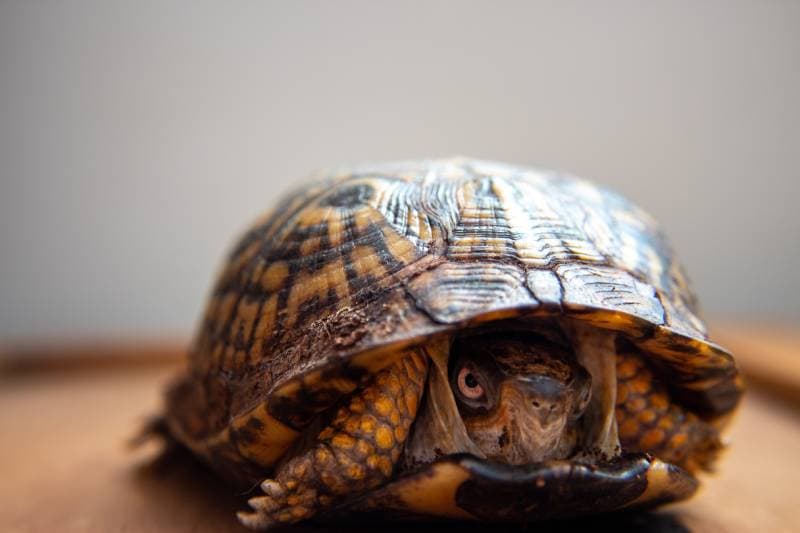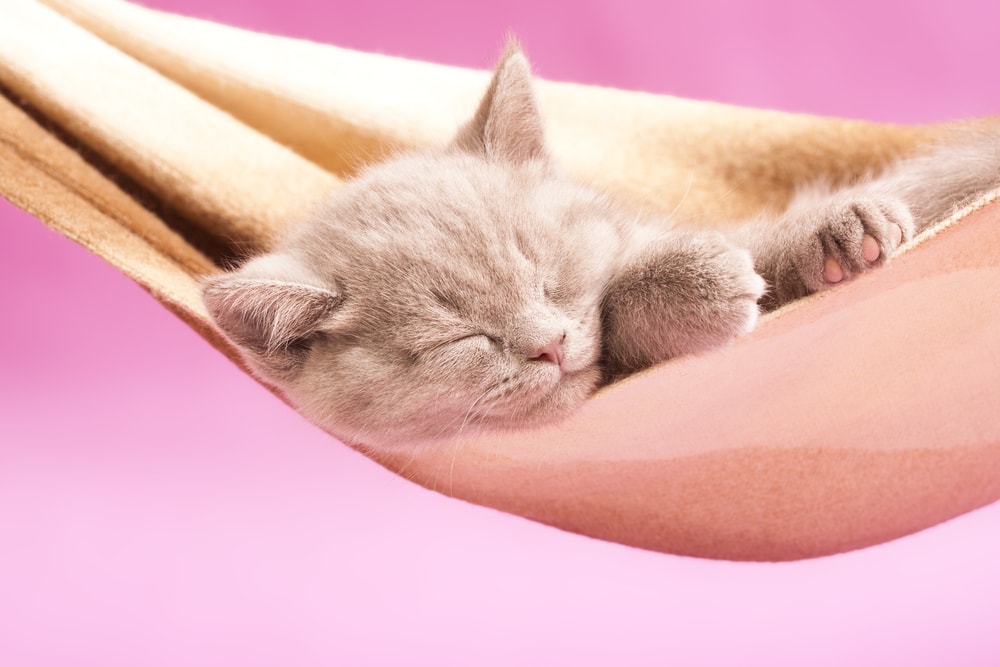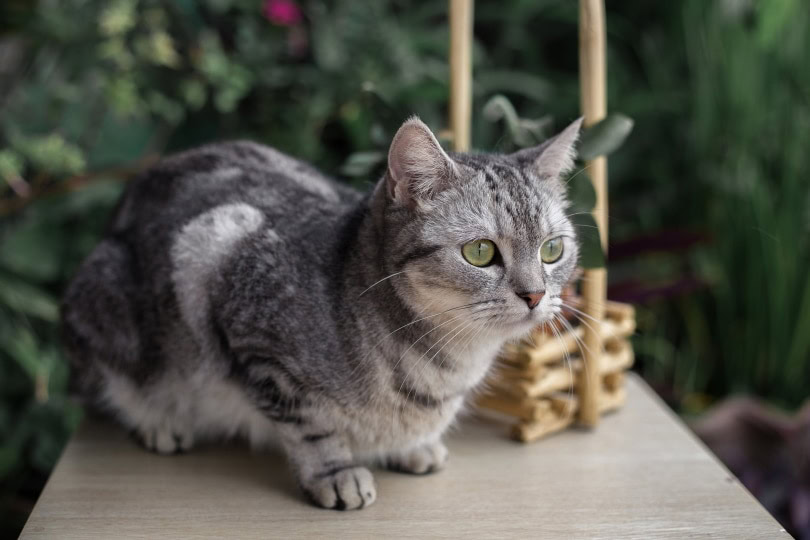VET APPROVED

The information is current and up-to-date in accordance with the latest veterinarian research.
Learn more »Click to Skip Ahead
There are many misconceptions about turtle shells, and not knowing the facts can be detrimental to your pet’s health. But as a general answer, the shell and its components are made out of bone, cartilage, and keratin! Read on to learn more about the anatomy of a turtle shell, if a turtle can survive without one, signs of a shell illness, and more.

The Anatomy of a Turtle’s Shell
A turtle’s shell consists of two pieces. The domed top is the carapace, while the flat bottom is the plastron. The carapace and plastron are joined on both sides of the turtle by what is called a bridge.
The carapace, plastron, and bridge are made out of bone, cartilage, and keratin. The purpose of the shell is to protect the turtle. Certain species of turtles have highly specialized shells that lack sufficient bone. They are also known as soft-shelled turtles.
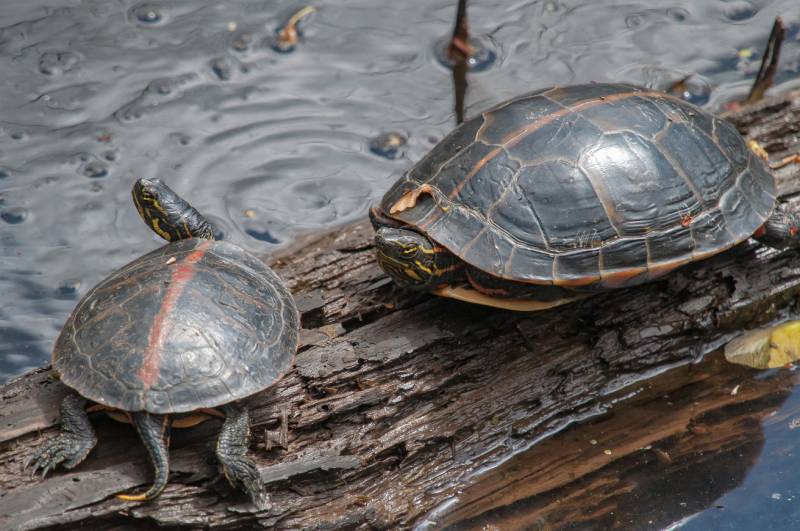
Can Turtles Live Without Their Shells?
No, turtles cannot live without their shells. Despite being a popular cartoon gag, turtles cannot take their shells off and on like a jacket. A turtle’s shell is an integral part of their body, as it is fused to their bones.
Do Turtles Shed Their Shells?
No, turtles do not shed their entire shell. They keep the shells they are born with their entire lives.
What turtles do shed, however, are their scutes—the irregular shaped scales covering their plastrons. (“Scutes” is sometimes also spelled as “scoots.”) As a turtle grows, each shedded scute falls off to reveal a larger scute underneath.
This shedding is a normal, painless process that you should not interfere with. Do not attempt to pry off or remove loose scutes. Your vet can let you know how long your turtle will shed scutes for, based on their species and current age.

Is It Okay to Paint a Turtle’s Shell?
Painting any turtle’s shell—wild or domesticated—is cruel for several reasons 1. The paint fumes can irritate a turtle’s respiratory system. A painted shell also interferes with the turtle’s ability to absorb sunlight. Painting a wild turtle can literally be a matter of life or death, as painting causes them to lose their natural camouflage.
You should never alter or decorate a turtle’s shell in any way. That includes drawing on, clipping, trimming, poking holes, or attaching any item to the shell.
Note that a turtle with a painted shell should not be confused with the “painted turtle” species 2. This type of turtle has naturally occurring bright markings on their shell, often red, yellow, or orange.
Can Turtles Feel When You Touch Their Shells?
Yes. A turtle’s shell has nerve endings, so we know that they can sense when someone or something touches their shell.
However, it probably isn’t the same sensation that you feel when someone touches your skin. When you touch your turtle’s shell, what they feel is probably similar to when someone touches your fingernail.

Turtle Shell Abnormalities: When to Call a Vet
The best time to find a vet that treats turtles is before you bring your pet turtle home. The animal clinic that sees your cat or dog may not treat exotic animals like turtles. You don’t want to have to scramble to find a vet when your pet turtle is sick.
With the exception of shedding scutes, any change in your turtle’s shell is a reason to call your vet.
Please note that you shouldn’t flip over your turtle to inspect their plastron. Turtles should never be turned upside down. Their lungs sit just under their carapace, and flipping them over causes all their organs to collapse onto their lungs. This makes it extremely difficult for your turtle to breathe.
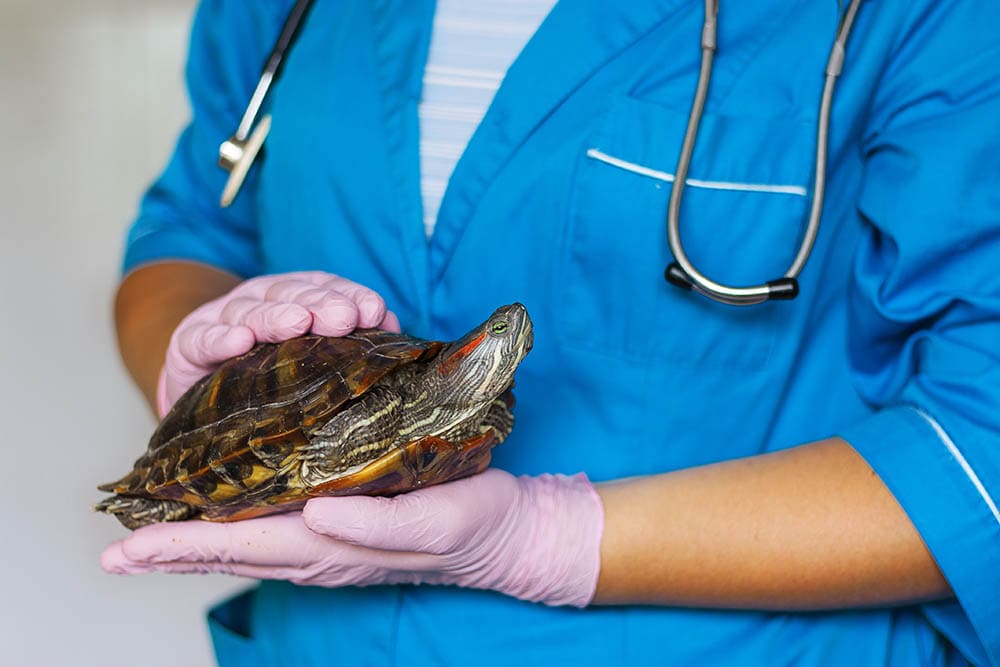
What Turtle Owners Need to Know About “Shell Rot”
Pet turtles may develop a serious condition called ulcerative shell disease, informally known as “shell rot.”
- A strong, unpleasant odor
- Blisters or pus-filled pimples on the shell or body
- Open wounds on the shell or body
- Softening of the shell
- An uneven shell
- Fluid leaking under or on top of the shell
Ulcerative shell disease is often caused by an unclean environment or an injury to the shell. Call your vet right away if your turtle shows any signs of this condition.

Summary
Turtle shells consist of bone, cartilage, and keratin. A turtle’s shell has nerve endings and is an integral part of their body—it’s not a removable covering. You should never paint or otherwise alter or decorate a turtle’s shell. Turtle owners should call their vet at the first sign of ulcerative shell disease.
Featured Image Credit: Jessica Baldwin, Shutterstock
